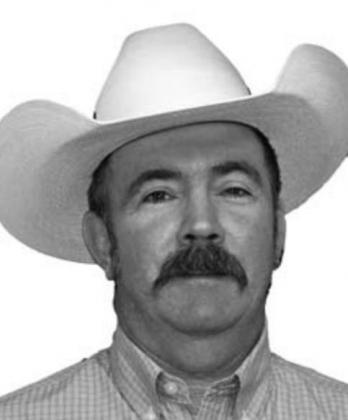Grasshoppers
With the year we are having, I apologize for giving you one more thing to worry about, but I have been noticing lots of small grasshoppers in fields the last couple of weeks. Growing any forage this year is going to be expensive and while we do not need any more input cost, we surely do not want darned grasshoppers eating our grass this year. Our extremely dry spring has been favorable for grasshoppers. When there is little or no rain all the baby nymphs survive to become adult grasshoppers. While they are still small, I have found them at economic threating levels in several hay fields this week. Many are getting large and will be a bit more difficult to control.
While we had a very cold spell this past winter and often folks think that will help keep our grasshopper populations low, unfortunately this is not the case. The female grasshopper lays its eggs in the soil in the fall. The eggs are well insulated, so cold does not really have an effect on them. A dry winter and spring is key to the egg and nymphs survival, and we have had both of those factors this year. So, despite popular belief, a cold winter has no effect on the next summer’s grasshopper population.
I realize without a sweep net, it is near impossible to go out and catch the jumping and flying hoppers, but you can estimate how many you think are leaving a square yard area as you walk your fields. At 3 to 7 hoppers per square yard you would have only light damage, at 8 to 14 you would reach the economic threating level where it should pay to take some preventive action and spray for your grasshoppers. In some locations I have caught as many as 20 per square yard this past week, but they are still relatively small, and damage is light so far.
If populations have reached that level in your fields there are some insecticides that do a good job of controlling grasshoppers, two that have some good residual control include Dimilin and Vantacor (Prevathon). Dimilin provides up to 6 weeks of residual control, as long as the treated forage is not harvested. Dimilin will only work on small grasshoppers; once they sprout wings Dimilin is not effective. Dimilin will cost $2.00 to $3.00 an acre. I think we can still get some control with Dimilin, but we are close to the hoppers being too large. Vantacor provides excellent control later in the year and will work on the larger grasshoppers; it will provide up to 6 weeks of residual control but cost around $20.00 an acre. Other good insecticides that provide immediate results, but do not have lots of residual control include any generic products containing lambda cyhalothrin, which cost approximately $2.50 per acre, and Mustang Max which cost around $5.00 an acre to treat. These two will give immediate knockdown of the grasshoppers but provide little residual. These prices are estimates and do not include application. There are other pasture products available, but these tend to be the most cost effective.
For homeowners trying to control grasshoppers in their yards, landscapes and gardens Cyfluthrin, bifenthrin, permethrin, cyhalothrin and carbaryl are some of the active ingredients that control grasshoppers and that are formulated and packaged for homeowner use. Look for one of these insecticides listed in the active ingredients on the product label. Read the label carefully to determine if the site you wish to treat (vegetable garden, fruit trees, etc.) is listed on the label as an approved site.

